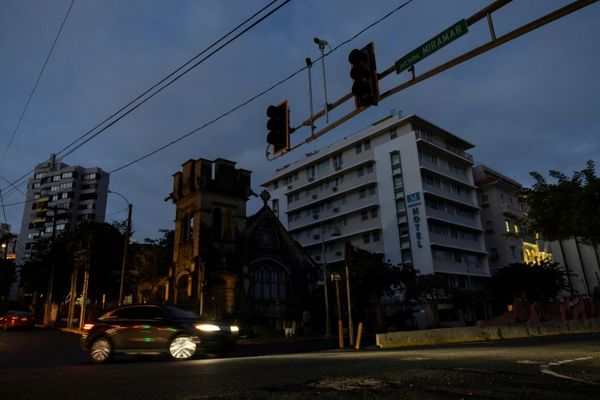
Albany Street, NW1, is less than a mile long but it carries the traveller briskly across London’s housing divide. At one end the stuccoed Regency cottages of John Nash’s Park Village, one of which is currently on sale for £4 million. At the other, the sprawling Regent’s Park Estate. An army barracks separate the two. The council estate is a densely packed mix of low, medium and high-rise blocks built on bomb sites left after the Second World War. In order that the residents might think of clean air and open spaces, civic planners named buildings after places in the Lake District — Windermere, Troutbeck, Grasmere.
Now there is Ravenglass, a smart new apartment building made of pale brick, with wide balconies and picture windows that allow sunlight to stream in. The quality of the design and finish might suggest it is the work of a private developer or a wealthy housing association but this is also a council block, the London Borough of Camden’s distinctive logo affixed to the building.
From its foundation in 1965 Camden council was ambitious when it came to creating social housing; by the end of the Seventies it owned more than 30,000 properties. But Mrs Thatcher’s right-to-buy legislation cleared out much of its stock, and subsequent restrictions on local authorities borrowing money prevented further developments. Until now.
The flats in Ravenglass replace those lost as a result of building HS2 but in recent years the council has managed to build 350 new homes, with a further 400 planned and hundreds more in the pipeline. The council is funding the new properties by building joint-use developments; half the units are let as social housing, the rest sold or rented on the commercial market.
The council’s energetic and passionate housing and regeneration chief, Danny Beales, is proud that the borough is doing this on its own — there are none of the partnerships with private developers that have caused problems for other authorities. This means residents can hold Camden to account for any problems, with councillors unable to shift blame onto arms-length management organisations. There is a ban on “poor doors”, separate entrances for social tenants or segregated play spaces.
Cllr Beales thinks Camden can build 1,100 new houses without extra Government funding. But that will only help a fifth of the 5,500 families who are currently on the council’s waiting list.
"Sajid Javid has announced a £600 million investment in new homes but the signs are it will go to private developers"
The Chancellor, Sajid Javid, has announced a £600 million investment in new homes but the signs are this will go to private developers; the Government holds its nose when it comes to the idea of new local authority housing. It is just a third of the amount the Prime Minister has pledged to build new hospitals, and little more than 10 per cent of the — very optimistic — estimate of what HS2 will cost. London desperately needs more housing, with hospitals unable to retain nursing staff and businesses struggling to recruit.
Politicians love making announcements about infrastructure projects but housing falls through the net, despite the fact that London councils are ready and eager to take on the task. It’s time to return the responsibility of housing every citizen to the public sector.
On yer bike, multicoloured hire cycles
I ride down Albany Street most mornings on a Santander Cycle on my way to work (it’s taken some years but I have finally taught myself to stop calling them Boris Bikes). Ever since the scheme gifted my street in Camden with a docking station, I’ve been using them.
But now I have to push past a plethora of other hire bikes, cheap-looking machines that have been painted in bright shades of green, red, orange and yellow, released by the user via an app and cursorily abandoned wherever the journey is completed.
They are creating a mess on the streets of London — they are often left at the top of steps, in parks, on canal towpaths, by recycling bins, clogging up pavements, blocking the paths of buggies and wheelchairs.
When it comes to urban public transport, the free market doesn’t work. London buses are efficient because they are regulated; if we are going to view bikes as part of the capital’s public transport provision why should they be any different? It’s time to take TfL’s bike scheme across the capital, build more fixed cycle stations and clear the streets of the rainbow clutter of other bikes-for-hire.
*Stephen Hough is a busy man, playing Queen Victoria’s piano at the Proms and publishing Rough Ideas, an engrossing collection of notes and essays on his career.

The Proms is envied for its ability to draw millennials into the concert hall, and Hough reflects on the joy of seeing people of all ages listening to music together. But he says we should not get hung up over the fact that classical concert patrons are often older. “Greying audiences? I love them,” he writes. “With old age comes wisdom, patience, subtlety, contemplation ... all the qualities needed to appreciate great music.”







